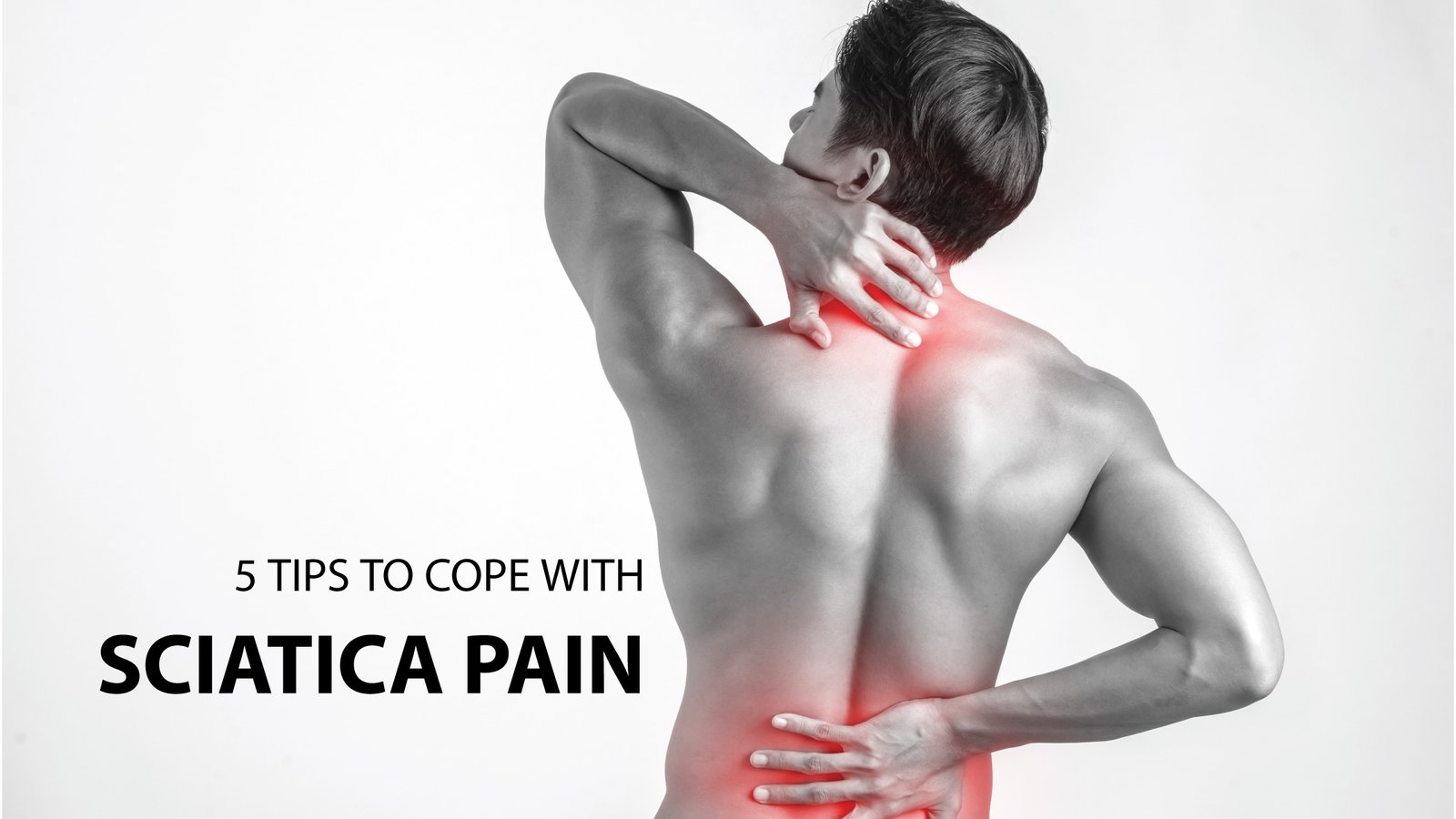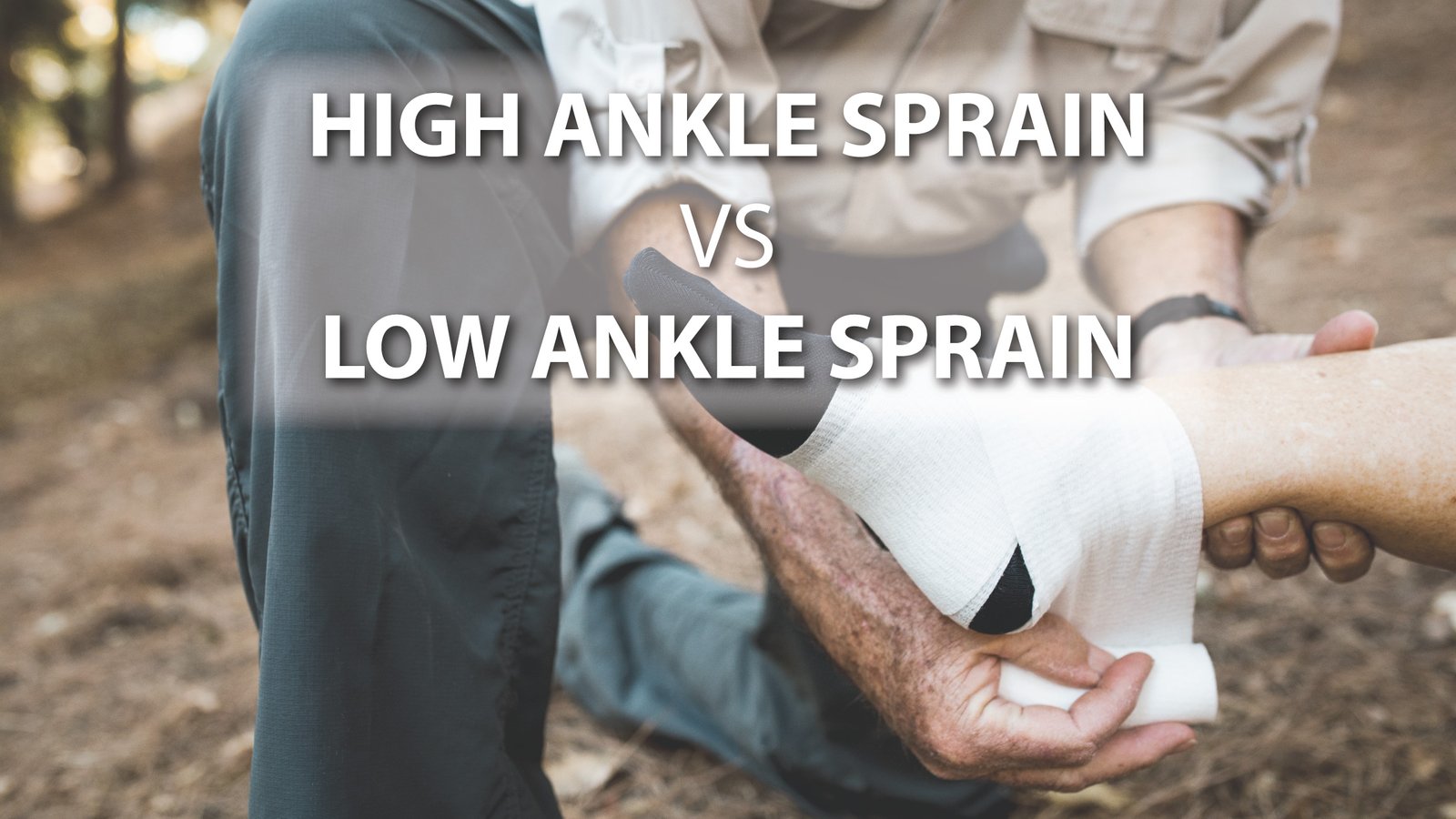5 Tips to Cope with Sciatica Pain
The nerve pain that comprises sciatica can significantly hinder your ability to appreciate life, so it’s worth researching and learning as many options as possible to relieve your pain. Sciatica is one of the most common yet misunderstood sorts of pain. As many as 40% of individuals will get it during their life, which turns out to be more continuous as you age. Sciatica will, in general, get generalized with the likes of chronic back pain; however, it is unique. The pain originates with the sciatic nerves and often disappears without help from anyone else within a couple of hours or days. Nonetheless, a few attacks can travel every way for a long time or even months. Fortunately, there are thousands of ways you can opt to prevent sciatica and relieve the pain.
Sciatica pain is caused by irritation, inflammation, pinching, or compression of a nerve in the lower back. The most common cause is a herniated or slipped disk that causes pressure on the nerve root. The vast majority with sciatica get better on their own with time and care for their treatments.
True sciatica is an injury or irritation to the sciatic nerve, which starts in your buttock/gluteal area.
WHAT IS SCIATICA?
Sciatica is nerve pain from an injury or irritation to the sciatic nerve, which originates in your buttock/gluteal area. The sciatic nerve is the body’s most prolonged and thickest (almost finger-width) nerve. It’s made up of five nerve roots: two from the lower back region called the lumbar spine, and three from the final section of the spine called the sacrum. The five nerve roots meet up to form a right and left sciatic nerve. On each side of your body, one sciatic nerve goes through your hips, buttocks, and down a leg, ending just beneath the knee. The sciatic nerve then branches into other nerves, which continue down your leg and into your foot and toes. Actual injury to the sciatic nerve “sciatica” is rare. Still, “sciatica” is commonly used to describe any pain that originates in the lower back and radiates down the leg. What this pain shares in common are an injury to nerve irritation, inflammation, pinching, or compression of a nerve in your lower back. Assuming you have “sciatica,” you experience mild to severe pain anywhere along the sciatic nerve path – anywhere from the lower back, through the hips, buttocks, and down your legs. It can also cause muscle weakness in your leg and foot, numb leg, and an unpleasant tingling pins-and-needles sensation in your leg, foot, and toes.
Sciatica Treatment Video Below is five tips that you may not have heard before, all of which may contribute to sciatic pain reduction:
WAYS TO PREVENT SCIATICA PAIN
-
Reduce inflammation through nutrition
An eating routine wealthy in entire grains, natural food varieties, fruits, vegetables, nuts, fatty fish, like salmon, and dissolvable and insoluble fiber can be robust in reducing inflammation. Curcumin (turmeric), ginger, green tea, and black tea are strong wellsprings of anti-inflammatory substances that assist with building up immunity and work on overall health. Following this kind of diet will help build the degrees of anti-inflammatory substances in your body over the long haul and may reduce the occurrence of sciatica in the long term.
What to avoid while following an anti-inflammatory diet
When you choose to consume anti-inflammatory foods regularly, it is crucial to prevent or limit1:
- Inflammation-causing foods, such as sugars, refined carbohydrates, trans fats, and hydrogenated oils
- Smoking can lower the production of anti-inflammatory molecules and induce inflammation
It is advised to check with your doctor before making extensive dietary changes and to ensure that your diet does not interfere or interact with any current medications.
-
Build specific micronutrients
Supplements help build up micronutrients in your body, which may not be fully obtained through a regular diet. A few examples of essential micronutrients include:
- Magnesium
- Vitamin D
- Vitamin E
- Vitamin B12
- Vitamin B6
- Zinc
- Selenium
- Fish oil (Omega-3 fatty acids)
These micronutrients assist with suppressing inflammatory mediators and reduce the overall inflammatory cycles. Vitamin E, zinc, and selenium act as antioxidants in the body. The B group of vitamins assists with improving nerve health and reducing sciatica. You can also take curcumin (turmeric) supplements if you don’t consume turmeric as a part of your daily eating regimen.
-
Release your natural pain killers with massage
Massages can help you feel relaxed, release endorphins (your body’s natural hormones that reduce pain perception), improve blood circulation, and soothe sore spinal muscles.
- A deep tissue massage can help restore the spine’s range of motion, improving flexibility.
- Manual therapy, a thorough medical massage, can help knead out knots, trigger points, or muscle tension.4
Many forms of massage can be beneficial, for example, myofascial release and Shiatsu (a Japanese massage method that uses finger and palm pressure and stretching techniques). These massages may be more viable in relieving sciatica pain from poor posture, muscle strain, or fatigued musculature in the lower spine.
-
Try mind-body techniques
You can utilize the force of your mind to lower your perception of sciatica pain. Mind-body procedures, which include profound breathing exercises, meditation, directed imagery, and cognitive behavioral therapy, can help relax your muscles and increase your feeling of control over the pain. You may find that these methods also assist with reducing anxiety and depression often associated with chronic pain.
-
Walk-in a swimming pool
Water therapy exercises or even walking in waist-profound water can improve nerve and muscle function in the lower body. The natural buoyancy, hydrostatic pressure, thermodynamics, hydrodynamic forces, and water viscosity manages the functioning of nerves and muscles, letting you exercise less pain.
Summary
The quantity and quality of your rest can directly affect pain and inflammation in your body. When you rest, several inflammatory substances peak in your bloodstream and stay active throughout the evening. When there is poor rest quality, these inflammatory agents continue to circulate in the body as the day progresses, resulting in pain and fatigue. An entire evening of profound, restorative rest can assist with decreasing inflammatory pain and make you feel refreshed and rejuvenated. If your sciatica pain deteriorates and severely disrupts your daily life, visit your physiotherapy doctor about additional pain relief options, including medications, manual manipulation, epidural steroid injections, and more.



